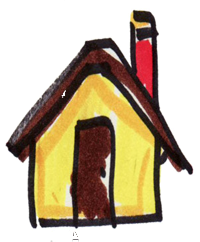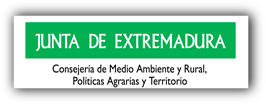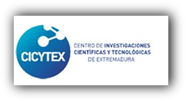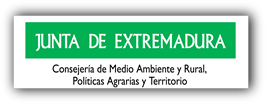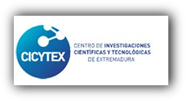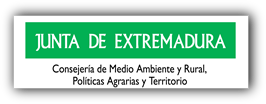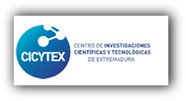

LIFE 10 NAT/ES/000582
Lucha contra las especies invasoras en las cuencas hidrográficas de los ríos Tajo y Guadiana en la Península Ibérica

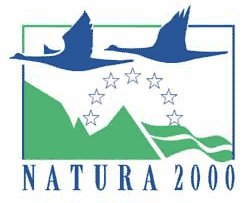

The main buyers of these species are usually schoolchildren awarded for good academic performance, or those looking for a playmate to play with. These animals do not require much care, so they are therefore considered to be the 'ideal pets'. But then, they grow up, sometimes changing their habits and necessities, which may lead children to lose their interest in their pets, subsequently abandoning them. When people abandon these species, they might do it out of the best of intentions, without taking into consideration any of the possible negative effects of this action. In some cases, animals may die of starvation, cold, or killed by other animals; whereas some others, having an invasive potential, may survive and reproduce in our ecosystems, causing serious damage to it and our native species.


Those are the reasons why the INVASEP Club needs your support and collaboration, promoting the raise of
awareness, and civic education in relation to this problem.
From the INVASEP Club, we want to make didactic material based on the INVASEP Project available for you, so
you can present it to schoolchildren in educational workshops. The material consists of a students' activity
book which contains a series of activities for children in the 5th-6th years of Primary Education, through which
they will acquire specific objectives related to the invasive species problem. These didactic units are supported
by the teachers' book, which contains information, objectvies, methodology, and evaluation criteria that will
help in developing the already mentioned activities.
By using this material, it is our intention to guide you in working with students on the big problem that the
introduction of alien invasive species in our ecosystems mean.
The LIFE+ INVASEP Project will start educational workshops on exotic species in 60 Primary and Secondary schools, in Extremadura (Spain) and the Alentejo region (Portugal).
Highlights
Biological invasions are considered to be a serious threat for worldwide biodiversity. Pathways of introduction are diverse, and they vary depending on the particular habits of societies.
Acquiring alien invasive species (AIS) to keep them as pets, and later releasing them into nature is one of the main pathways of dispersal in our ecosytems. This is an old practice that began in the 19th century, when people started collecting exotic animals. Nowadays, it has become a popular hobbie due to the ease with which exotic animals can be acquired at any pet shop.
Acquiring alien invasive species (AIS) to keep them as pets, and later releasing them into nature is one of the main pathways of dispersal in our ecosytems. This is an old practice that began in the 19th century, when people started collecting exotic animals. Nowadays, it has become a popular hobbie due to the ease with which exotic animals can be acquired at any pet shop.
Material didáctico para EDUCADORES y ALUMNOS
• Cuento "el malvado mejillón cebra" (CH Ebro)
• El mejillón cebra en la cuenca del Ebro (CH Ebro)
• Folleto sobre el mejillón cebra (CH Ebro)
Material didáctico para POBLACIÓN EN GENERAL
Pegatinas sobre el proyecto en Formato digital
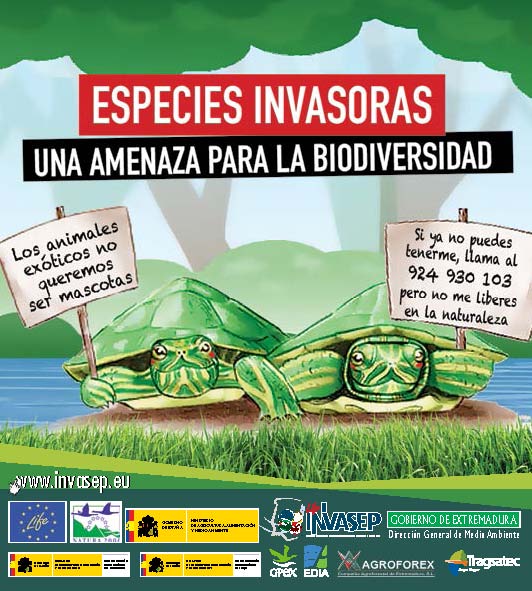
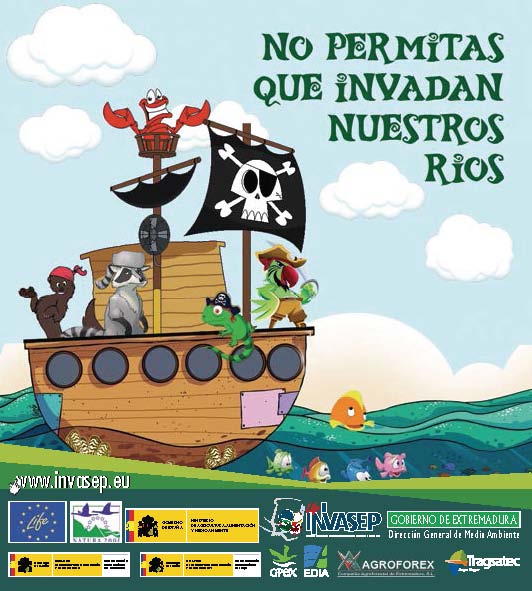
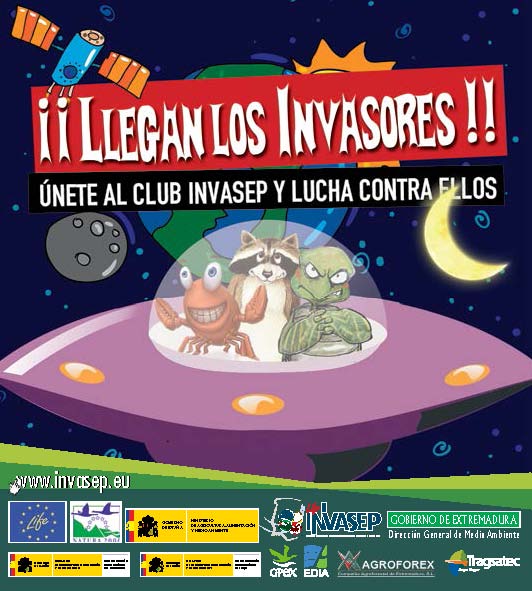
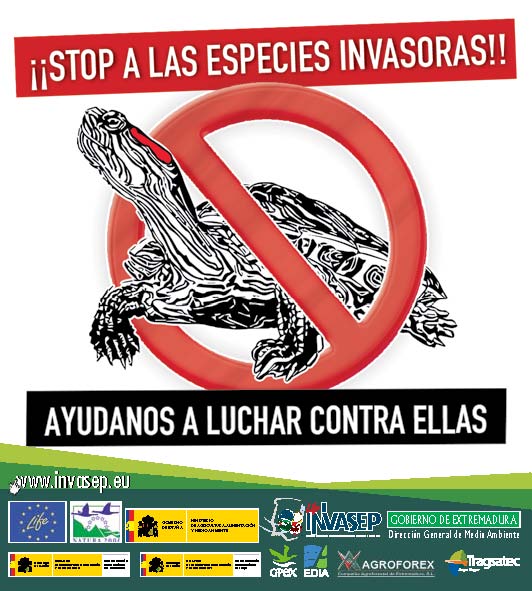
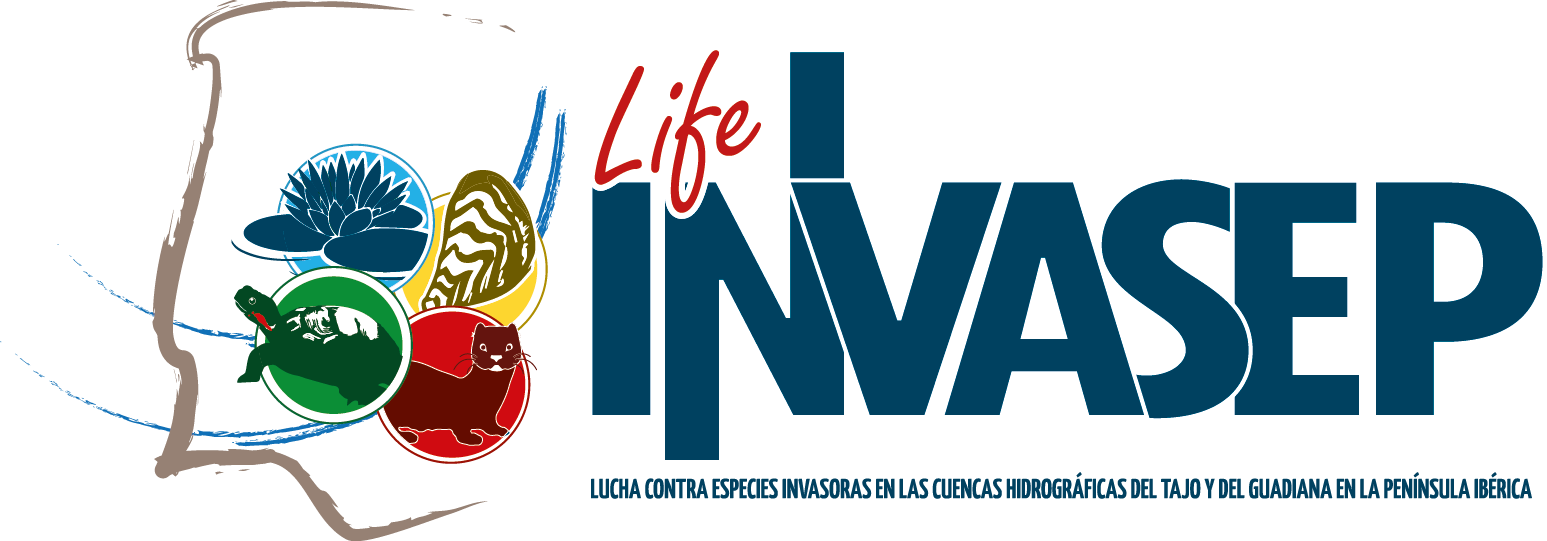





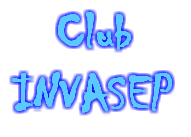
Otros idiomas


Beneficiario Coordinador
Cofinanciador
Beneficiario Asociados


Colaboradores
invasep@juntaex.es
Tfnos: 924 48 82 32 - 671 482 974- 699 372 421
Tfnos: 924 48 82 32 - 671 482 974- 699 372 421
© 2017 Consejería de Medio Ambiente y Rural, Políticas
Agrarias y Territorio - DG Medio Ambiente - GPEX
Con la contribución del instrumento financiero LIFE de la Unión Europea
Agrarias y Territorio - DG Medio Ambiente - GPEX
Con la contribución del instrumento financiero LIFE de la Unión Europea

Beneficiario Coordinador
Cofinanciador
Beneficiario Asociados


Colaboradores
invasep@juntaex.es
Tfnos: 924 48 82 32 - 671 482 974- 699 372 421
Tfnos: 924 48 82 32 - 671 482 974- 699 372 421


Beneficiario Coordinador
Cofinanciador
Beneficiario Asociados


Colaboradores
© 2017 Consejería de Medio Ambiente y Rural, Políticas
Agrarias y Territorio - DG Medio Ambiente - GPEX
Con la contribución del instrumento financiero LIFE de la Unión Europea
Agrarias y Territorio - DG Medio Ambiente - GPEX
Con la contribución del instrumento financiero LIFE de la Unión Europea
















